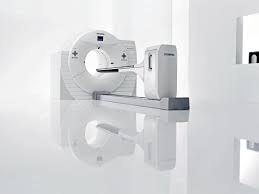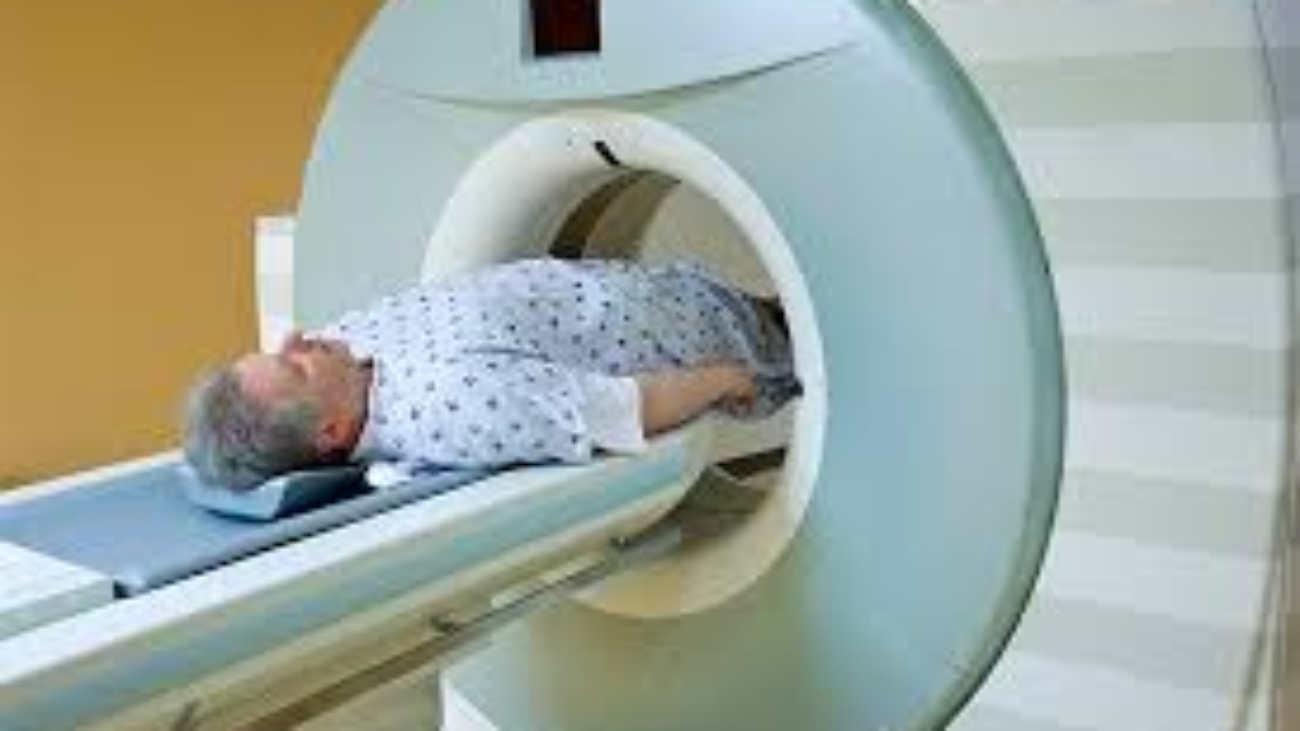Functional imaging has changed medicine a lot. It helps doctors diagnose and treat diseases better. PET-CT combines CT scans and PET scans. This gives a full view of how the body works.
PET-CT in nuclear medicine has made diagnosing diseases more accurate. It lets doctors find and treat problems early. This mix of PET and CT technologies helps radiology experts see more clearly.
This new way of combining technologies has improved patient care a lot. It leads to more focused and successful treatments. So, functional imaging keeps getting better, helping healthcare grow.
The Fundamentals of Functional Imaging in Modern Medicine
Modern medicine has seen a big change with the arrival of functional imaging. This technology lets doctors see how the body works, not just its shape. It’s a key tool in finding and treating diseases.
Thanks to new imaging tech, doctors can now spot and manage diseases better. This has changed how we approach health care.
The Evolution of Medical Imaging Technologies
Medical imaging has grown a lot, from simple X-rays to advanced tools like PET and CT. PET-CT is a big leap. It mixes PET’s function info with CT’s body maps.
From Structural to Functional: A Paradigm Shift
Switching from seeing body parts to how they work is a big change. With PET-CT, doctors can see how cells are working. This helps find diseases early.
This helps doctors make better plans for treatment. It’s a big step forward in caring for patients.
PET-CT Technology: Principles and Mechanisms
PET-CT technology combines Positron Emission Tomography (PET) and Computed Tomography (CT). This mix gives us a deeper look into how our bodies work. It shows both what’s happening inside and the body’s structure.

The Science Behind PET
PET scans show how active our body’s cells are. They use special medicines that light up when they meet other particles. This light is what the PET scanner picks up.
Key aspects of PET include:
- Detection of metabolic activity
- Use of radiopharmaceuticals
- High sensitivity to changes in tissue metabolism
CT: Providing Anatomical Context
CT scans give us detailed pictures of our body’s layout. They use X-rays to make these images. This helps us see where the PET scan’s findings are in the body.
The benefits of CT include:
- High-resolution anatomical images
- Accurate localization of structures
- Useful in detecting structural abnormalities
The Synergistic Integration of Dual Modalities
When PET and CT are together in one scanner, they make diagnosis better. They give us both the body’s function and its structure. This helps find and understand diseases better.
Nuclear Medicine: The Foundation of Molecular Imaging
Nuclear medicine leads in molecular imaging, giving deep insights into the body’s functions. It helps see how the body works, aiding in diagnosis and treatment.
Radiopharmaceuticals and Tracer Development
Radiopharmaceuticals are key in nuclear medicine. They have tiny amounts of radioactive material. When in the body, they go to specific spots like tumors, making them visible for imaging.
Radiation Safety Protocols and Patient Preparation
Keeping everyone safe from radiation is a top priority. There are strict rules to lower exposure for patients, staff, and the environment. Patients get special instructions to help get the best images and results.
The Specialized Role of Nuclear Medicine Professionals
People working in nuclear medicine have a specialized role. They need to know a lot about the technical and clinical sides of imaging. They run complex machines, read images, and care for patients during procedures.
Clinical Applications of PET-CT in Oncology
PET-CT technology has changed oncology, giving deep insights into cancer. It’s a key tool for managing cancers, showing how tumors grow and behave.
Cancer Detection, Characterization, and Staging
PET-CT is key for finding, understanding, and staging cancers. It mixes PET’s function info with CT’s body details. This helps doctors plan the best treatment.
Treatment Planning and Response Assessment
PET-CT helps plan treatments and check how well they work. It looks at how tumors change, helping doctors adjust plans.
Surveillance and Recurrence Monitoring
After treatment, PET-CT watches for cancer coming back. It spots changes early, so doctors can act fast.
Case Studies: Clinical Impact in Common Cancers
PET-CT’s impact is clear in many cancers:
- Lung cancer: It helps stage and check treatment success.
- Lymphoma: It’s used for staging, planning, and checking treatment.
- Colorectal cancer: It finds recurrence and checks treatment.
These examples show PET-CT’s big role in bettering cancer care.
Beyond Cancer: Expanding Applications of PET-CT
PET-CT is not just for cancer anymore. It’s now helping in many other medical areas. It gives detailed images of both how organs work and their structure. This makes it a key tool for diagnosing and treating many conditions.
Neurological Disorders and Brain Function Assessment
In neurology, PET-CT is used to check brain function and find neurological problems. It shows detailed brain activity images. This helps in diagnosing Alzheimer’s, Parkinson’s, and epilepsy.
Cardiovascular Disease Evaluation
In cardiology, PET-CT checks heart health and coronary artery disease. It spots areas where blood flow to the heart is low. This helps doctors decide on the best treatment.
Infection and Inflammation Imaging
PET-CT is also great for finding and managing infections and inflammation. It helps find where infections are, how far they’ve spread, and if treatments are working.
Emerging Applications in Clinical Practice
Emerging applications of PET-CT include checking musculoskeletal disorders and guiding treatments. As technology gets better, PET-CT’s role will grow. This will improve diagnosis and care for patients.
PET-CT’s growing use shows its wide range of benefits. It’s making a big difference in managing patients in many medical fields.
Advantages of PET-CT Over Conventional Imaging Modalities
PET-CT combines functional and anatomical info for better insights. This hybrid imaging has greatly improved medical diagnostics.
Enhanced Diagnostic Accuracy and Specificity
PET-CT gives superior diagnostic accuracy than old imaging methods. It merges PET and CT scans for precise metabolic activity location. This cuts down on misdiagnosis chances.
Early Detection Capabilities and Clinical Impact
PET-CT’s early disease detection has a big clinical impact. It lets doctors start treatment early, which can lead to better patient results.
Comprehensive Whole-Body Assessment
PET-CT’s ability to do a comprehensive whole-body assessment is a major plus. It’s very useful in oncology, helping spot metastases and disease spread extent.
In summary, PET-CT is a top choice for imaging. It’s known for its high accuracy, early detection, and full-body scans. These features make it a key tool in today’s medicine.
Limitations and Practical Considerations for PET-CT Examinations
PET-CT is a key tool in today’s medicine, but it comes with its own set of challenges. It combines PET and CT technologies for better diagnosis. Yet, healthcare providers face obstacles in using it effectively.
Managing Radiation Exposure
Radiation is a big concern with PET-CT. Both PET and CT use ionizing radiation, which can harm health. Managing radiation exposure well is key to keeping risks low and images clear.
Cost, Accessibility, and Healthcare Resource Allocation
PET-CT is expensive and needs a lot of resources, making it hard to access in some places. Healthcare must decide how to use resources wisely. This includes weighing the benefits of PET-CT against its costs and other diagnostic options.
Interpretation Challenges and Possible Pitfalls
Reading PET-CT images needs special skills. It’s hard to tell the difference between harmless and harmful conditions. Getting it right is vital to avoid mistakes and ensure the right care for patients.
Functional imaging has changed medicine a lot. It helps doctors find and treat diseases better. PET-CT and nuclear medicine are key in this change, giving deep insights into the body’s workings.
Medical tech is getting better, and PET-CT’s future looks bright. New radiopharmaceuticals and imaging methods will make diagnoses more accurate. Artificial intelligence and machine learning will also help analyze images better.
Functional imaging is growing in many medical areas, like cancer, brain, and heart diseases. This growth will keep bringing new ideas and better care for patients. As medicine gets more personal, PET-CT and nuclear medicine will keep being important in healthcare’s future.
FAQ
What is PET-CT and how does it differ from other imaging modalities?
PET-CT, or Positron Emission Tomography-Computed Tomography, combines PET’s function with CT’s anatomy. This hybrid gives a detailed look at the body’s functions and structures. It stands out from other imaging methods that focus only on anatomy or function.
How does PET-CT contribute to cancer diagnosis and treatment?
PET-CT is key in cancer care. It helps find, understand, and stage cancers. It also helps plan treatments and check how well they work. This makes care more precise and effective.
What are radiopharmaceuticals, and how are they used in nuclear medicine?
Radiopharmaceuticals are substances with small amounts of radioactive material. They’re used in nuclear medicine to diagnose and treat diseases. These compounds target specific body areas or functions, giving valuable diagnostic info in imaging like PET-CT.
Are there any risks associated with PET-CT examinations?
Like any imaging with radiation, PET-CT has risks. But the benefits of the info it gives usually outweigh these risks. Steps are taken to lower radiation exposure, and patients are prepared to ensure their safety.
Can PET-CT be used for conditions other than cancer?
Yes, PET-CT is used for more than just cancer. It helps with neurological disorders, heart disease, and infections. Its ability to provide functional info makes it useful in many areas of medicine.
How does PET-CT compare to conventional imaging modalities in terms of diagnostic accuracy?
PET-CT is more accurate and specific than many traditional imaging methods. It combines function and anatomy for a better assessment. This often leads to more accurate diagnoses and better care for patients.
What are some of the limitations and practical considerations for PET-CT examinations?
PET-CT has limits like managing radiation, cost, and interpreting images. Healthcare providers must weigh these to use PET-CT safely and effectively.
How is PET-CT imaging performed, and what should patients expect during the procedure?
PET-CT imaging starts with a radiopharmaceutical injection, followed by a scan. Patients rest after the injection before the scan. The process is usually easy to handle, and patients get clear instructions and support.


Add a Comment